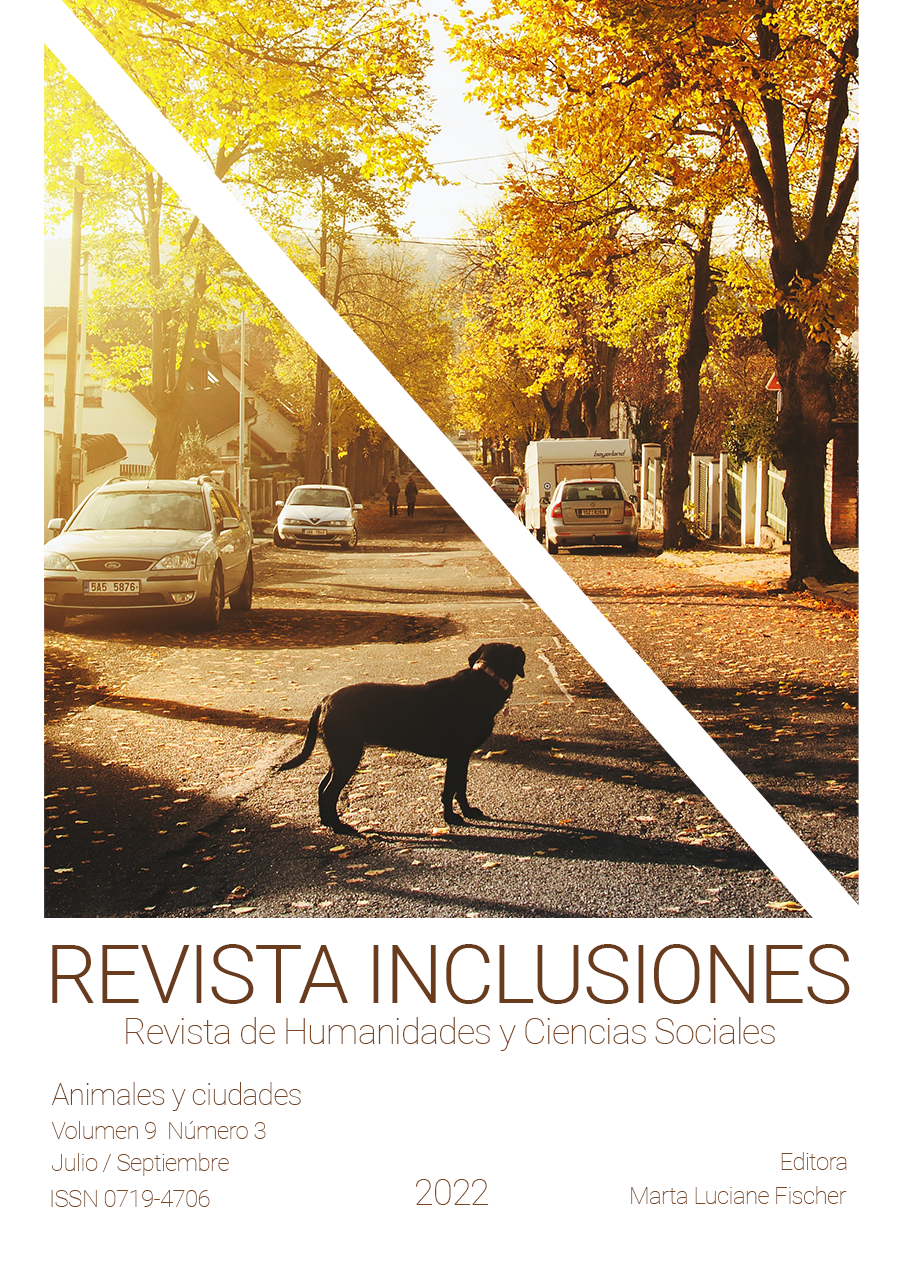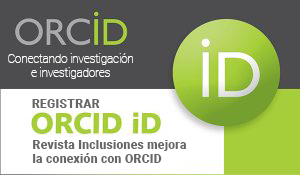BIOETHICAL PERSPECTIVE ON THE FIVE FREEDOMS PRINCIPLE AND THE FIVE DOMAINS MODEL OF ANIMAL WELFARE
DOI:
https://doi.org/10.58210/fprc3371Abstract
Animal production and the conditions for raising these individuals generate
important concerns and debates. The first way of evaluating the welfare of farm
animals that took global proportions and that had the animal point of view at the
center of the evaluation was the Five Freedoms Principle, in 1965. In 1994, the
Five Domains Model was suggested for assess animal welfare in a more
dynamic proposal. When analyzing these two methods from the perspective of
bioethics, it is observed that the Five Freedoms Principle is more directly related
to the principle of non-maleficence, while the Five Domains Model is more
related to the principle of beneficence. By valuing the welfare and meeting the
wishes of animals, respecting them as individuals, Jahr's bioethical imperative
and Van Potter's profound bioethics will be respected.
Published
Versions
- 22-11-2022 (4)
- 15-11-2022 (3)
- 24-10-2022 (2)
- 30-06-2022 (1)
How to Cite
Issue
Section
Los autores retienen los derechos de autor y otorgan a Revista Inclusiones el derecho de publicación bajo Creative Commons Attribution 4.0 International (CC BY 4.0). Esto permite el uso, distribución y reproducción en cualquier medio, siempre que se otorgue la debida atribución al autor.











